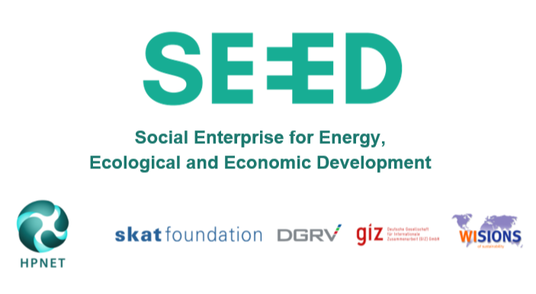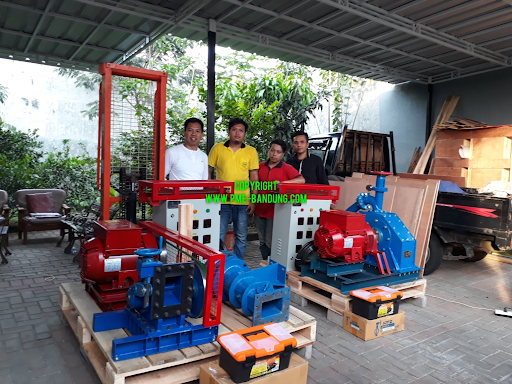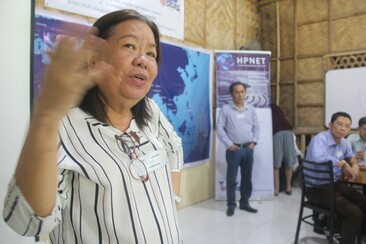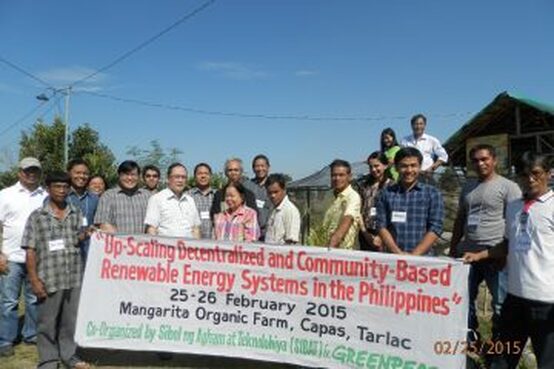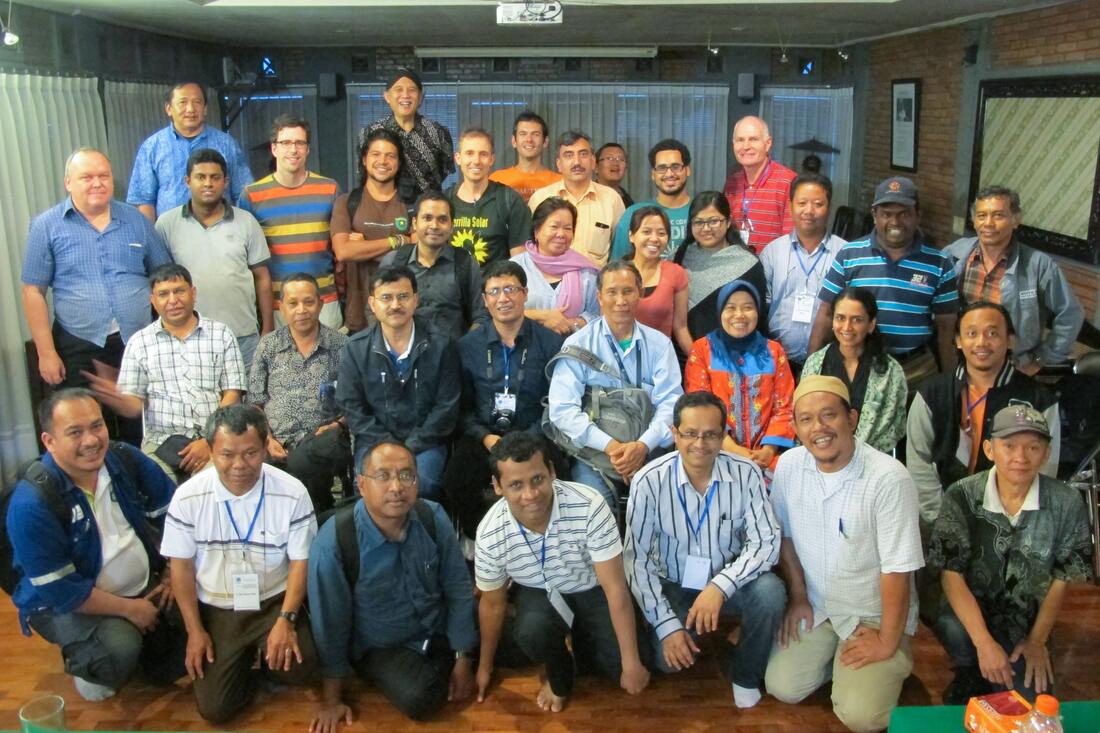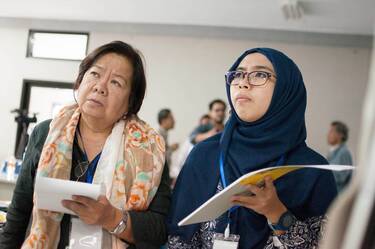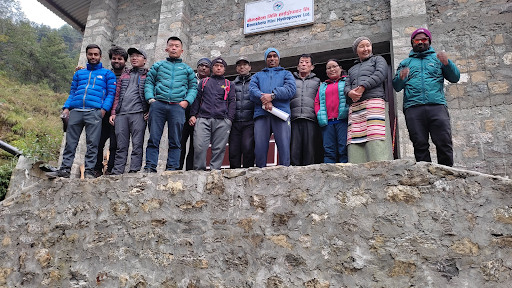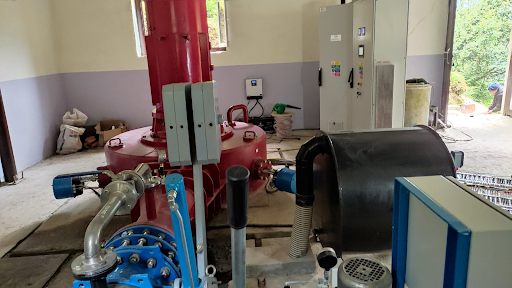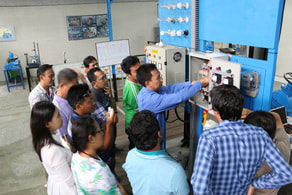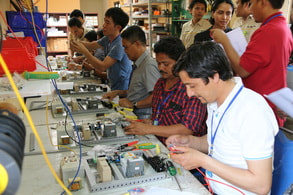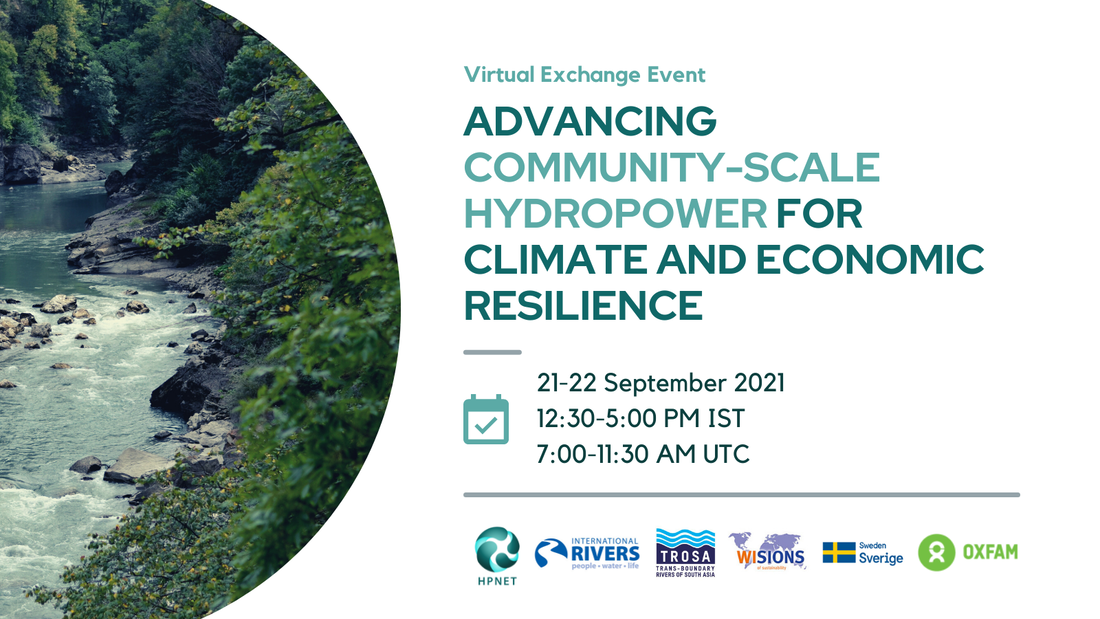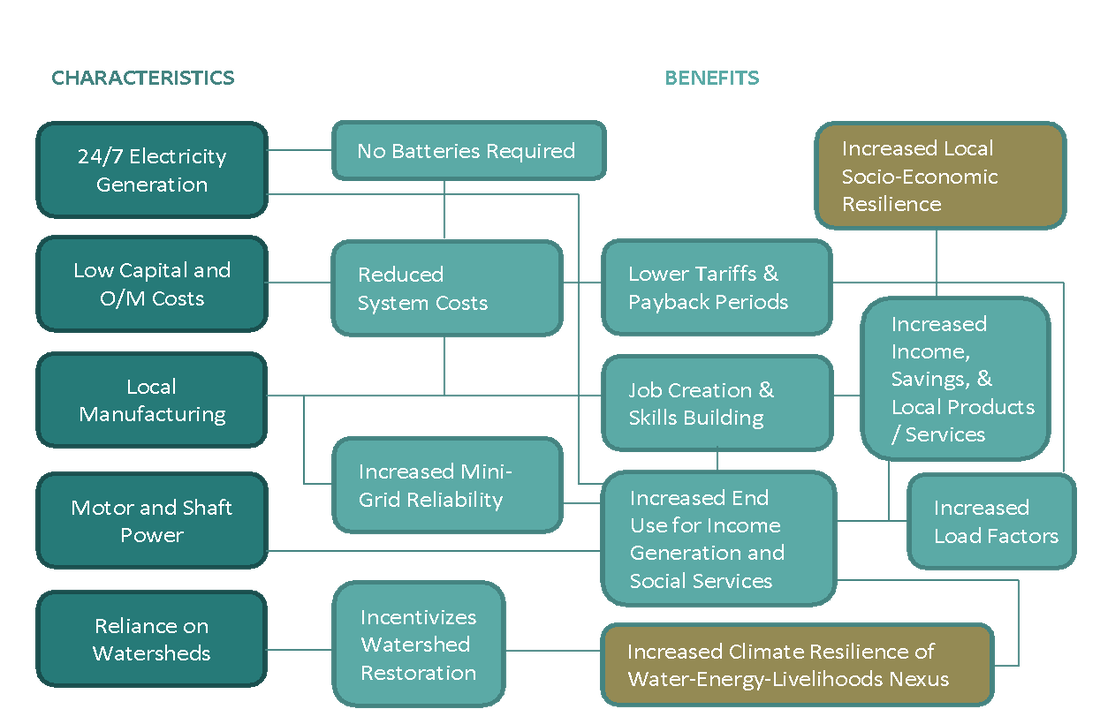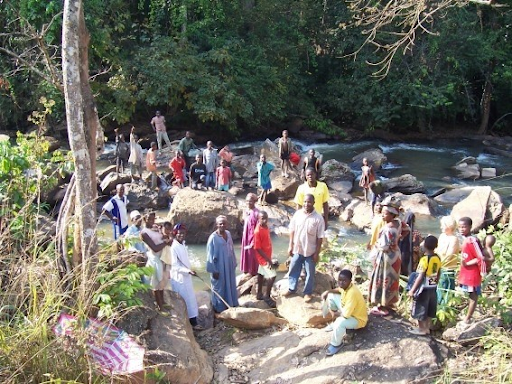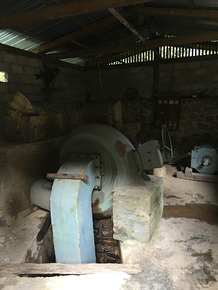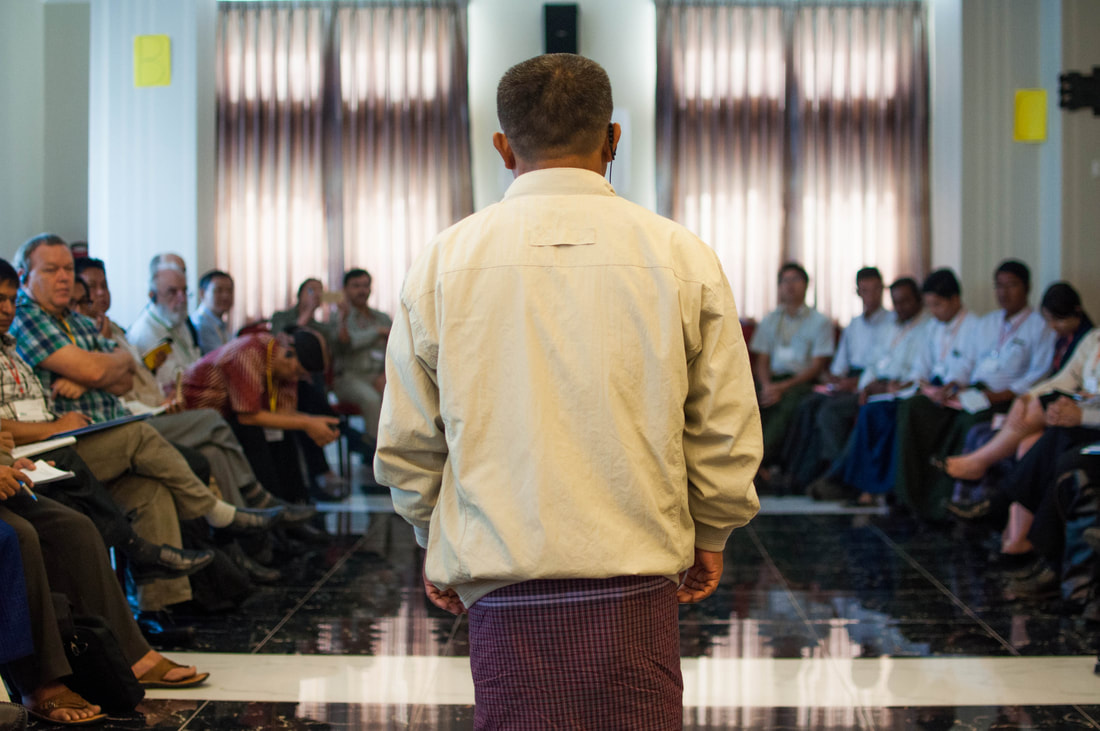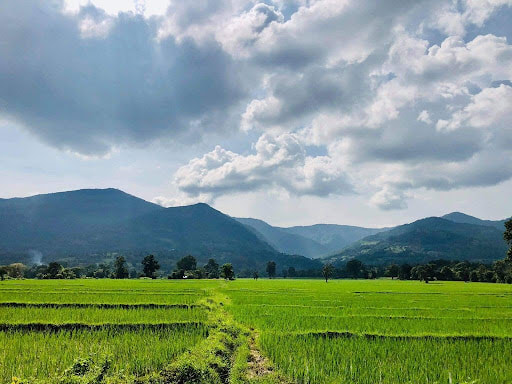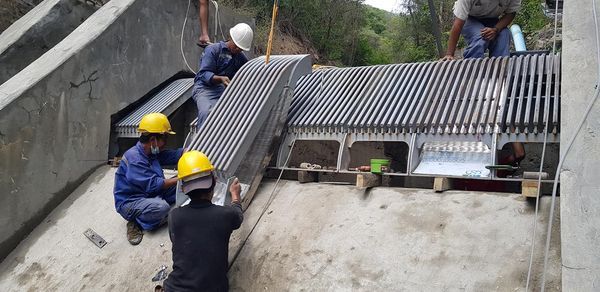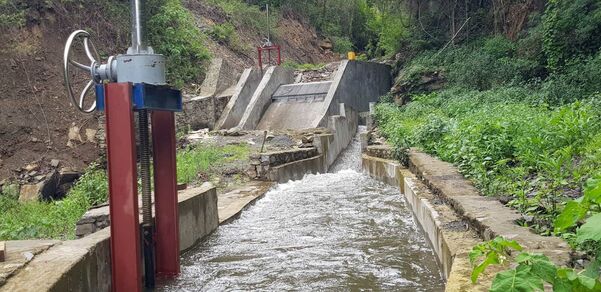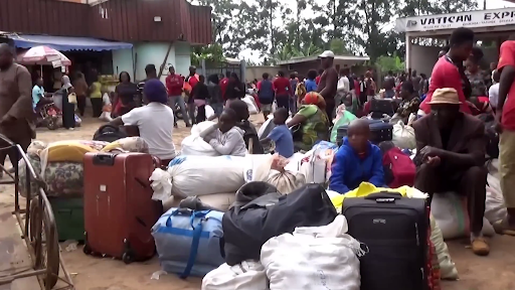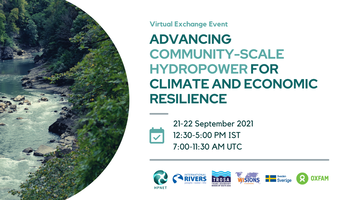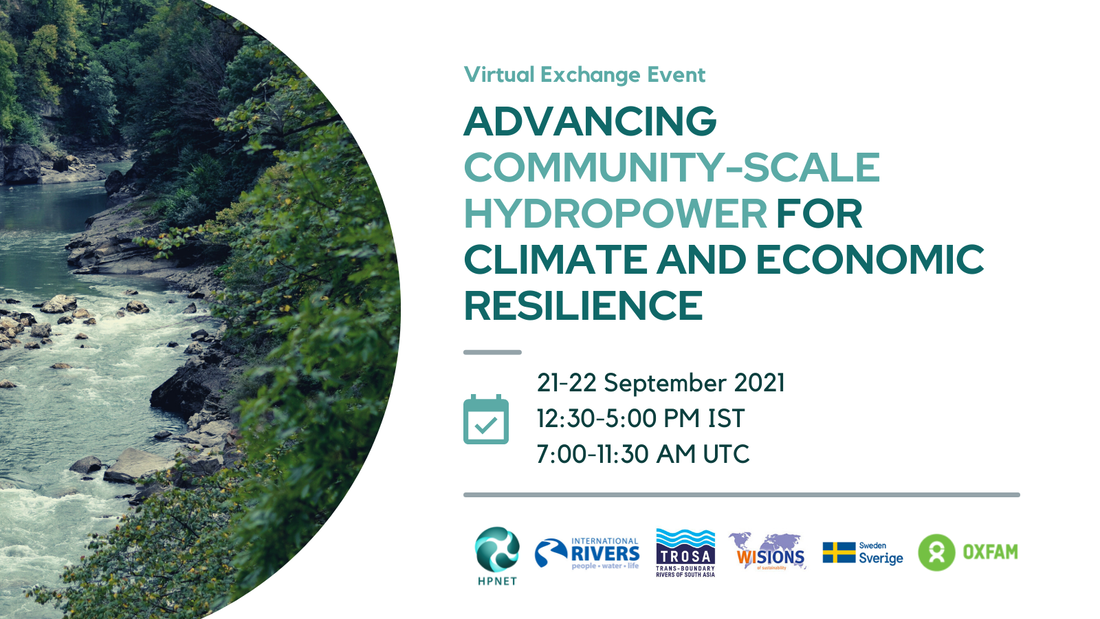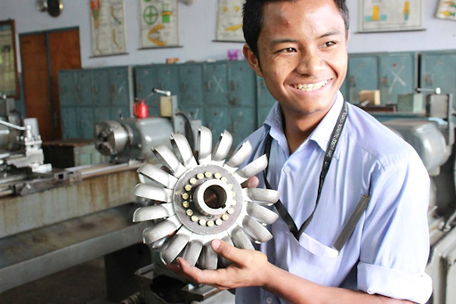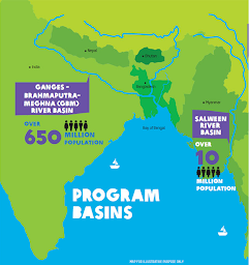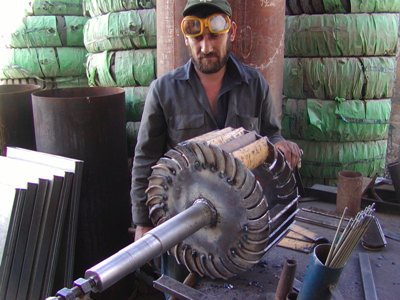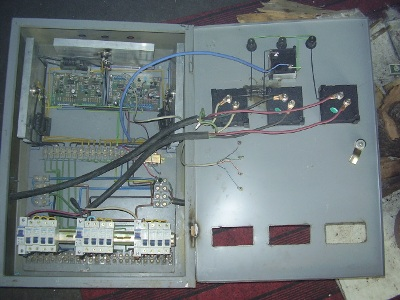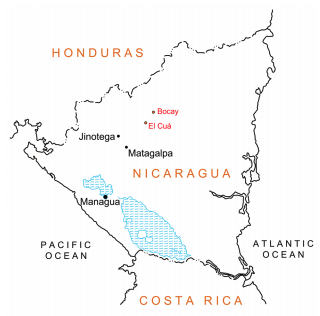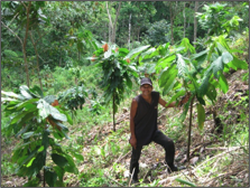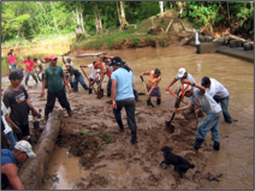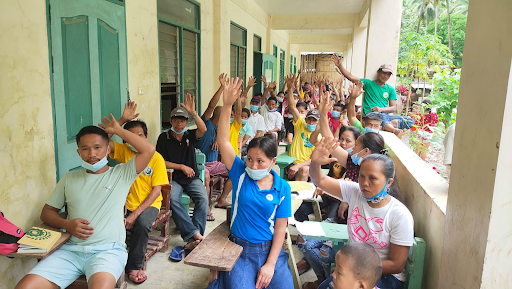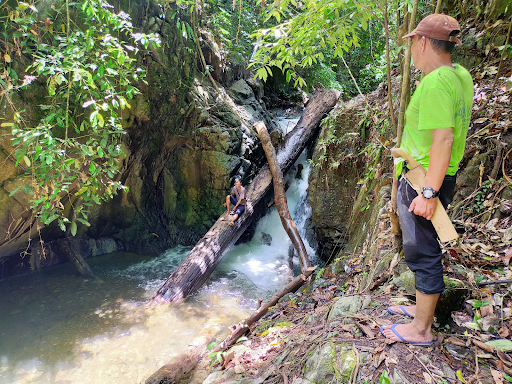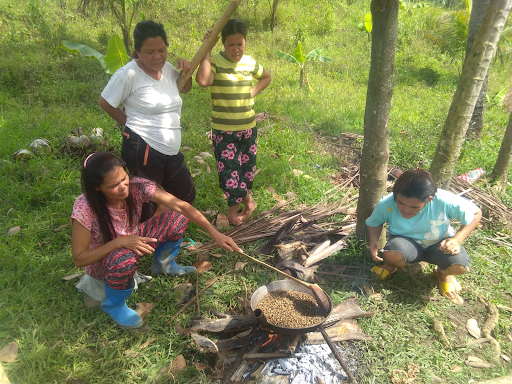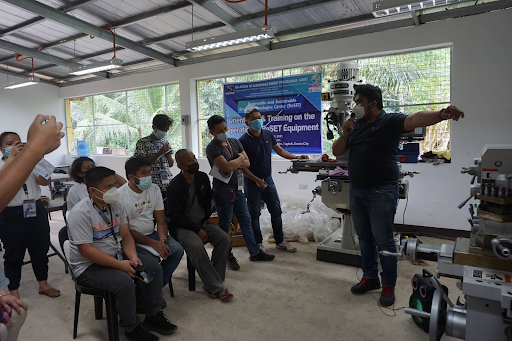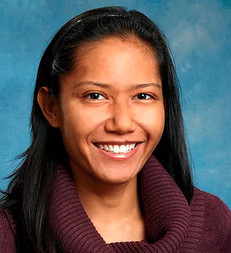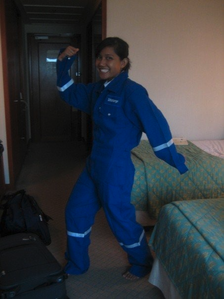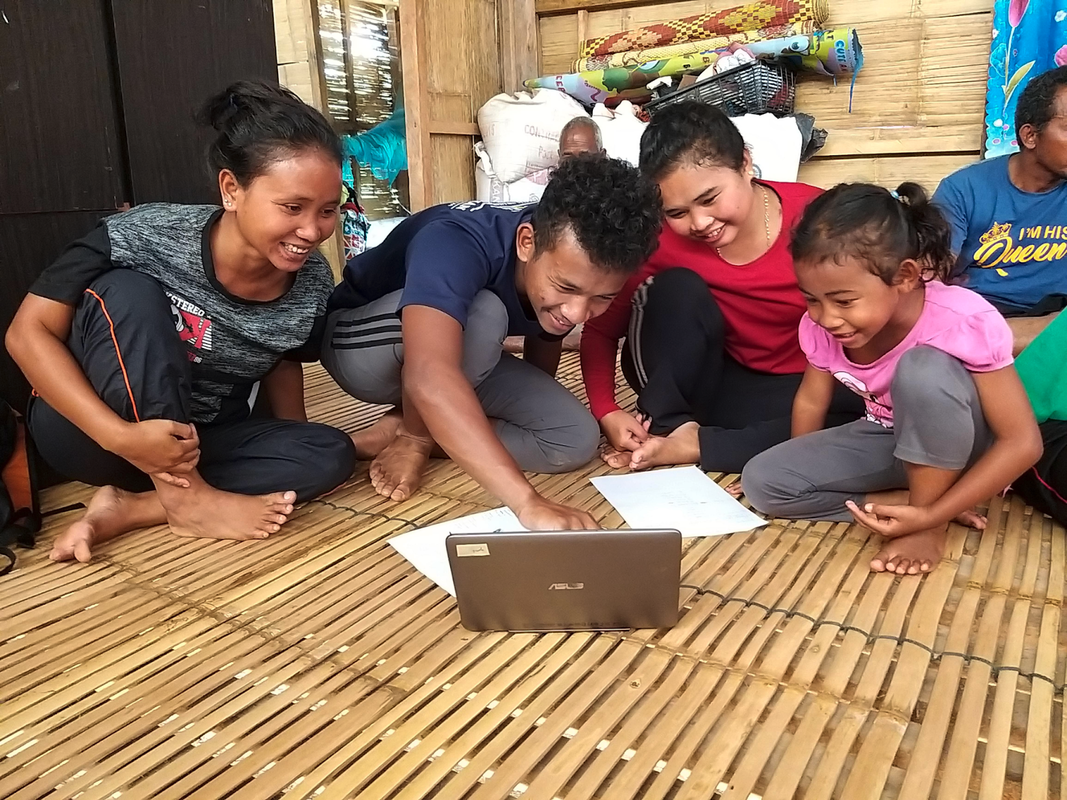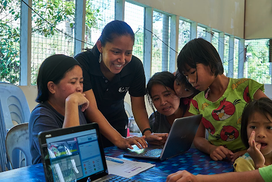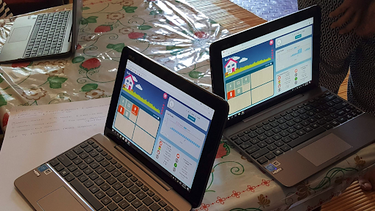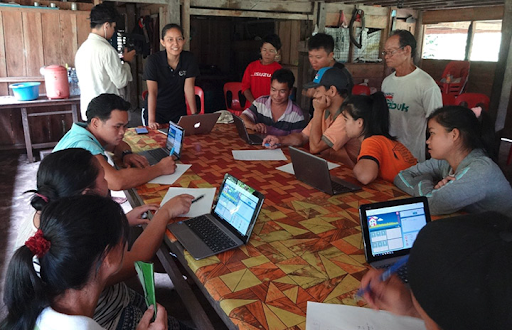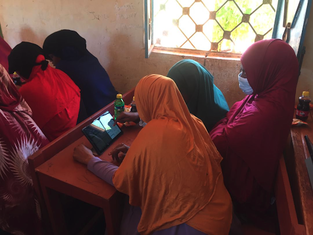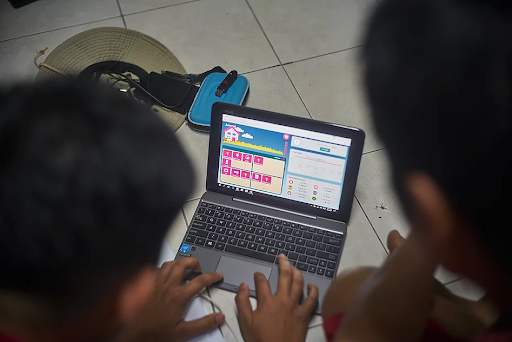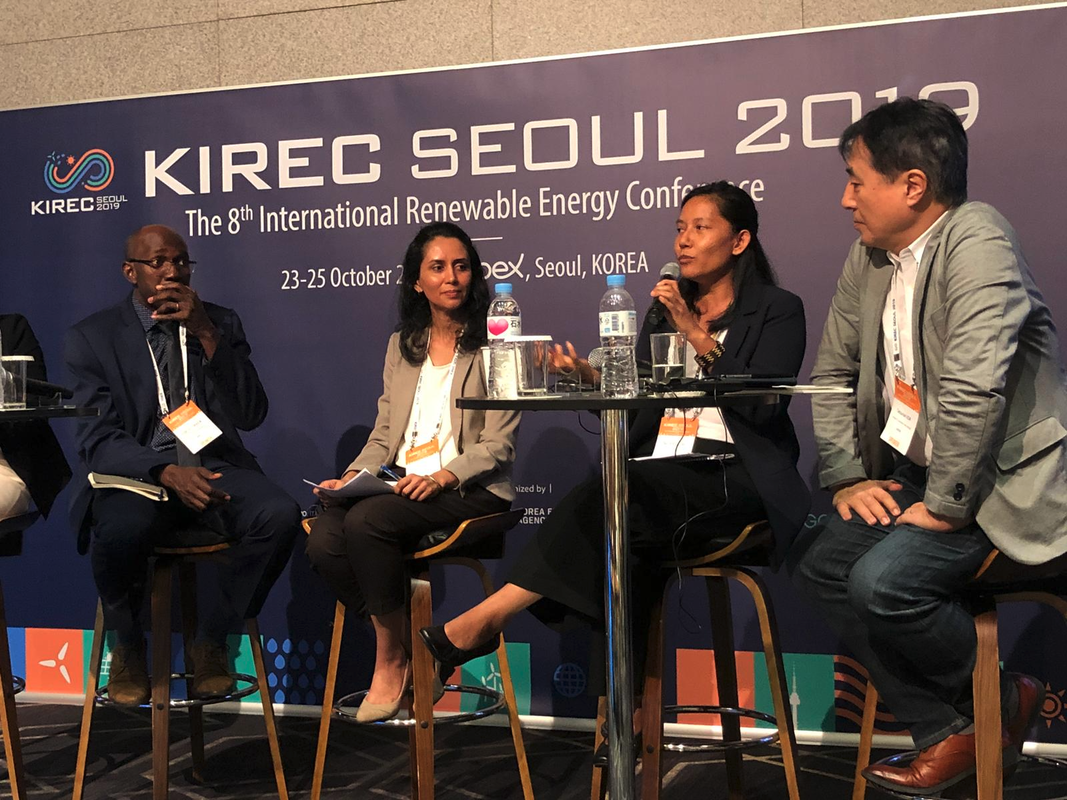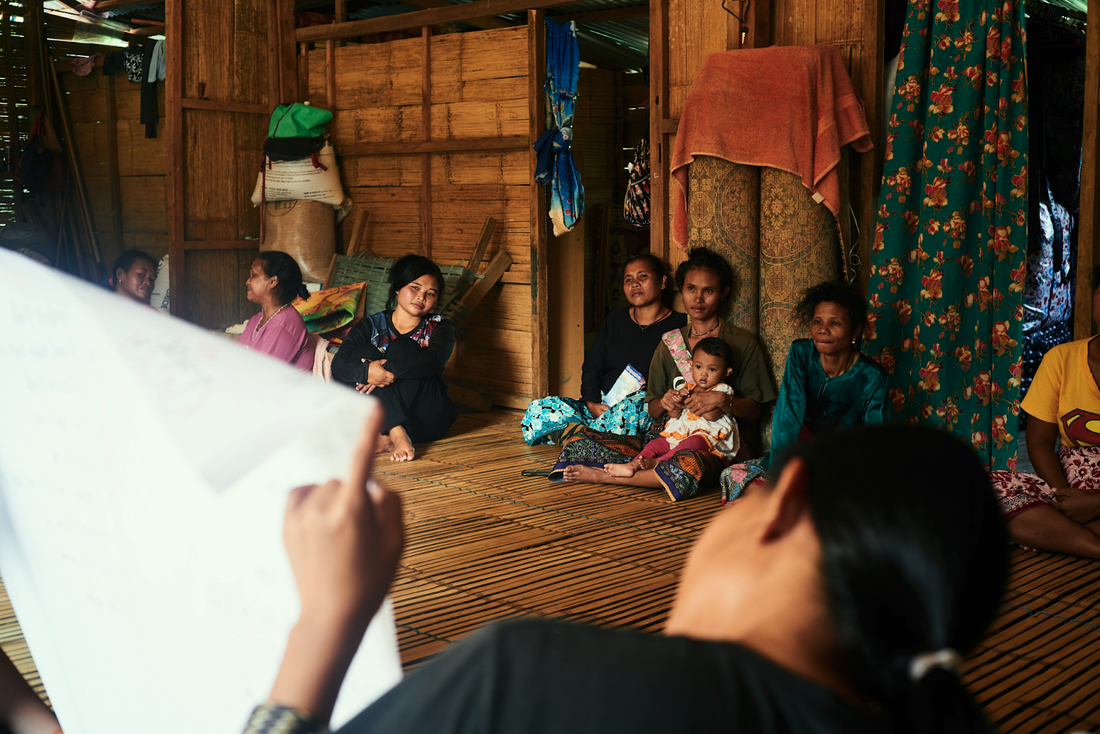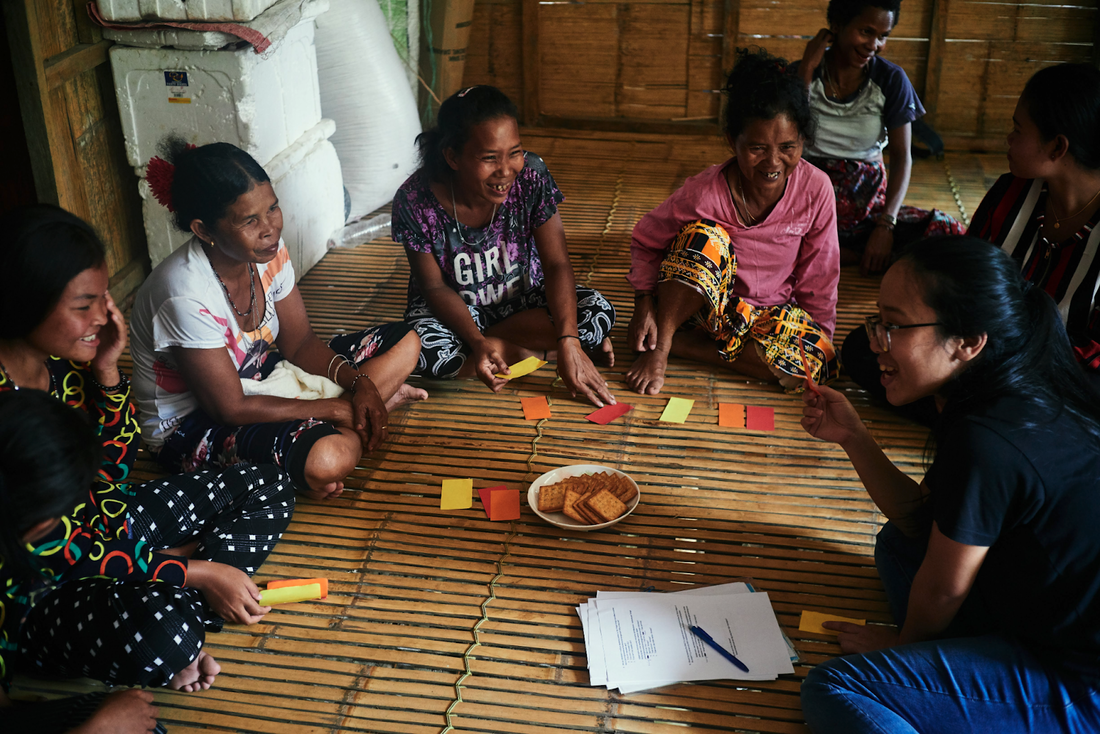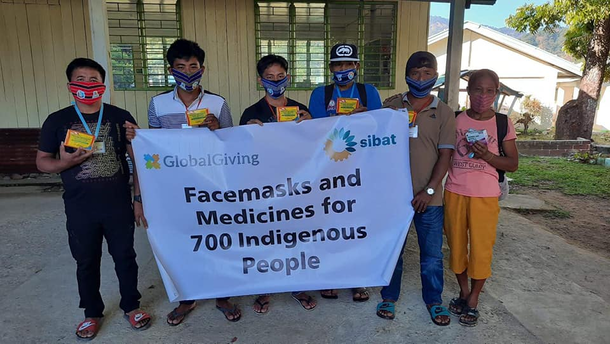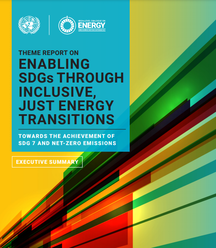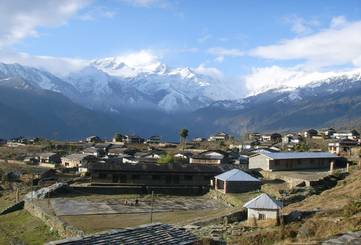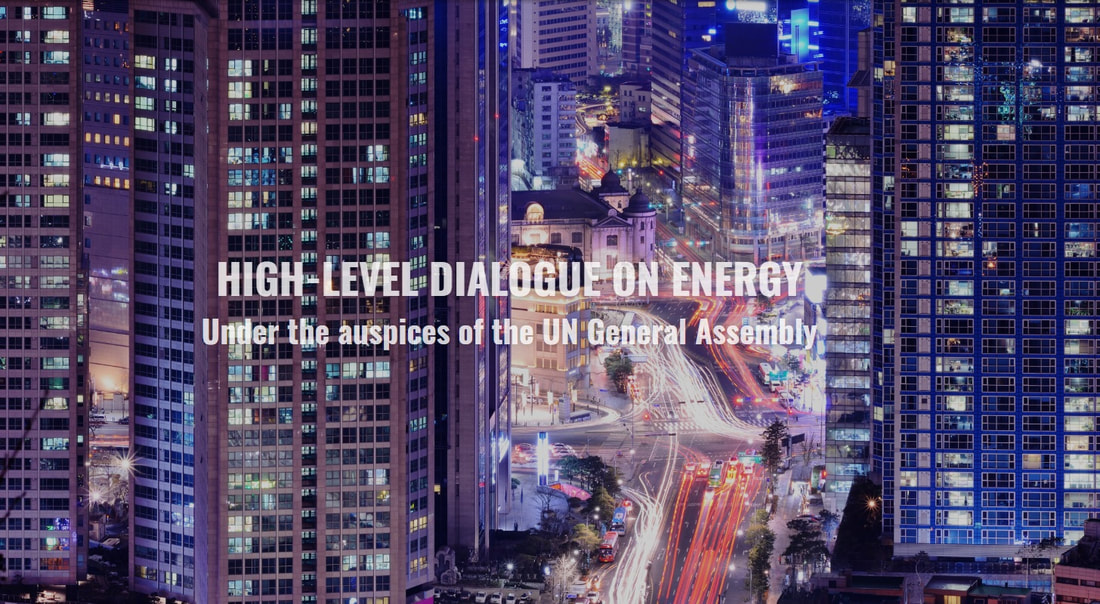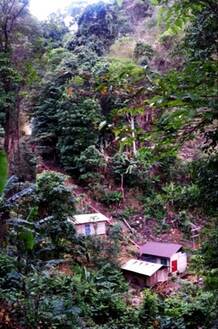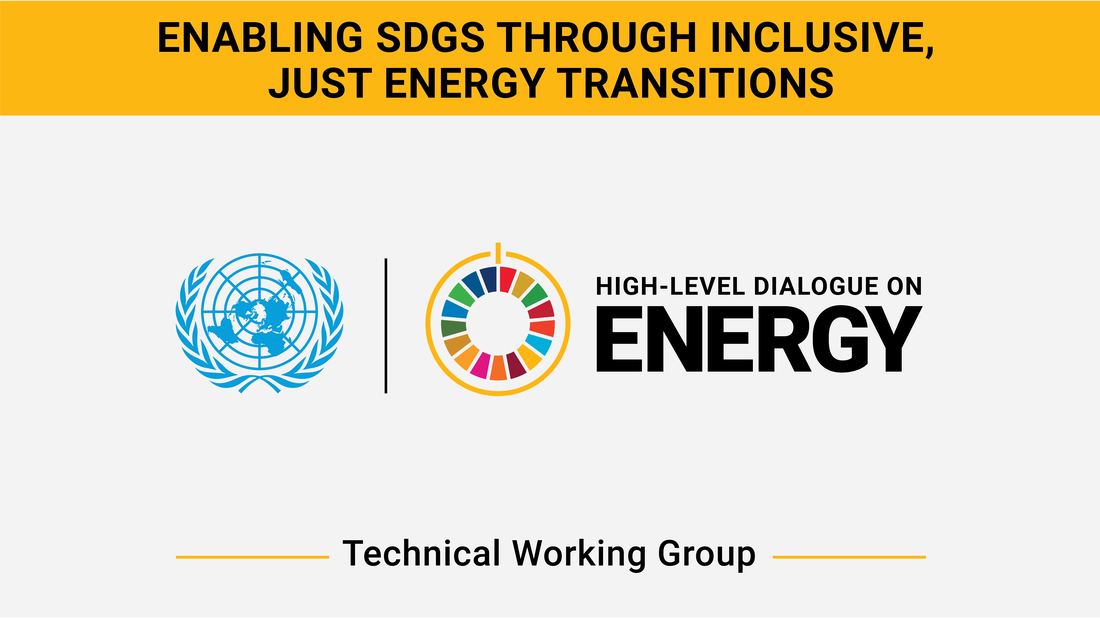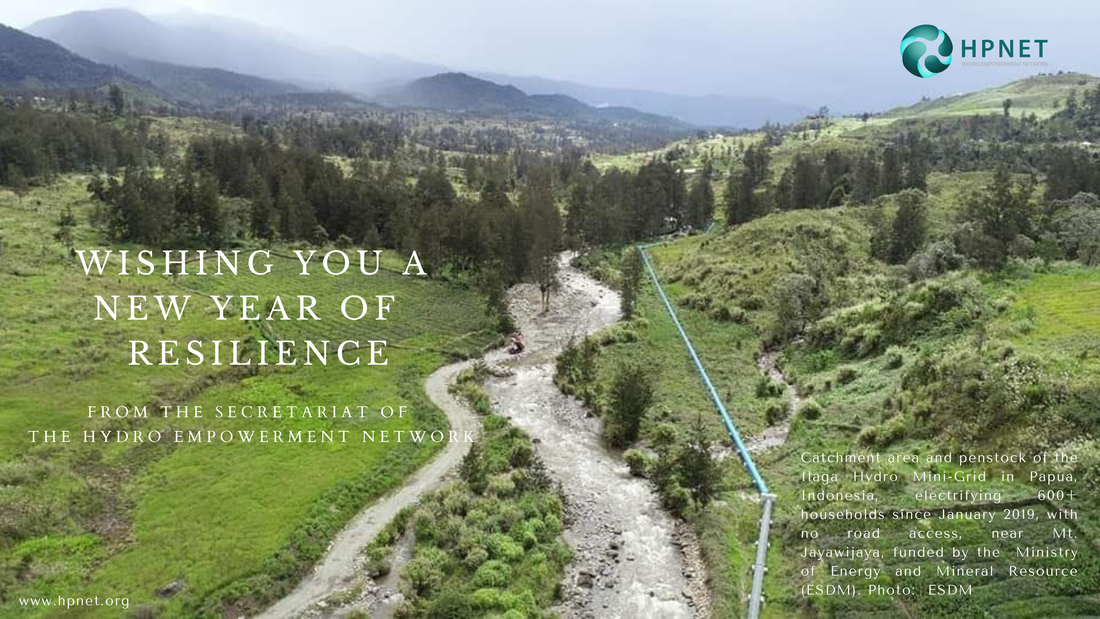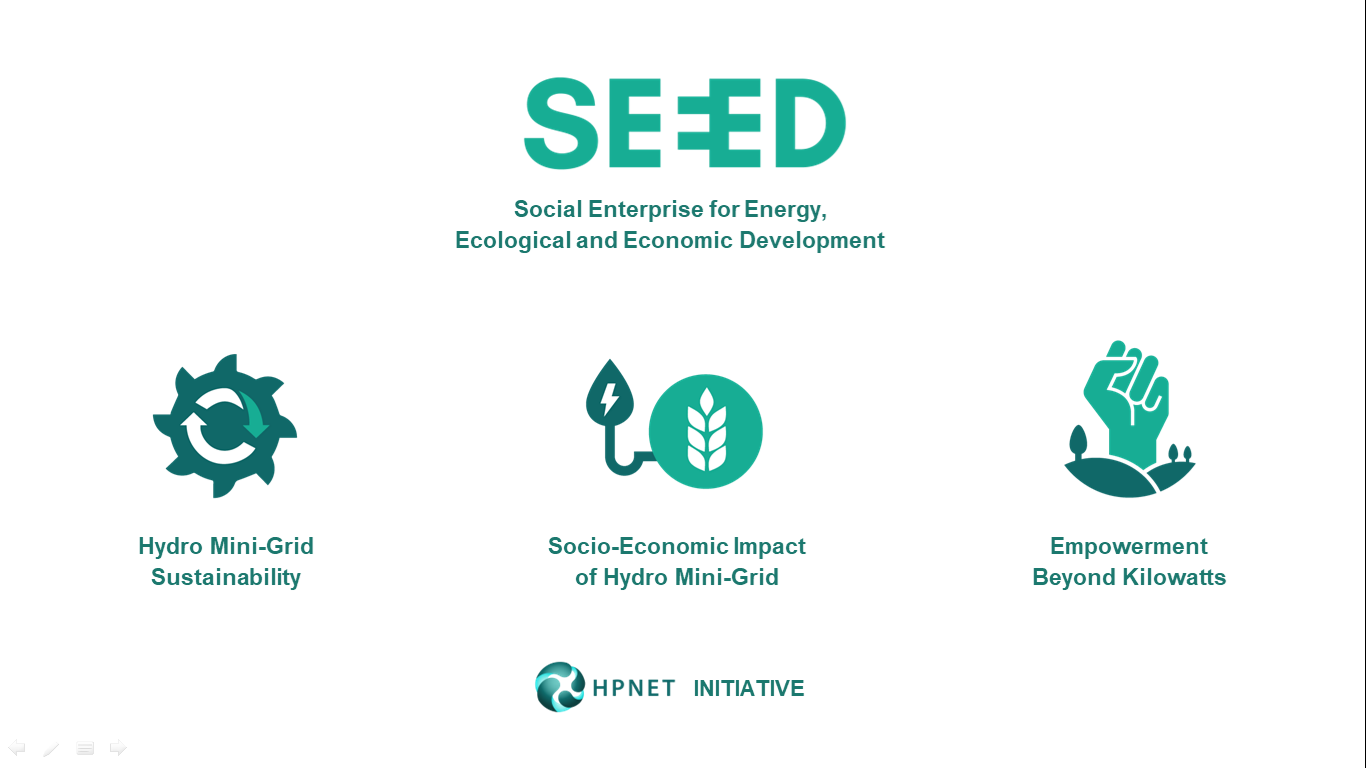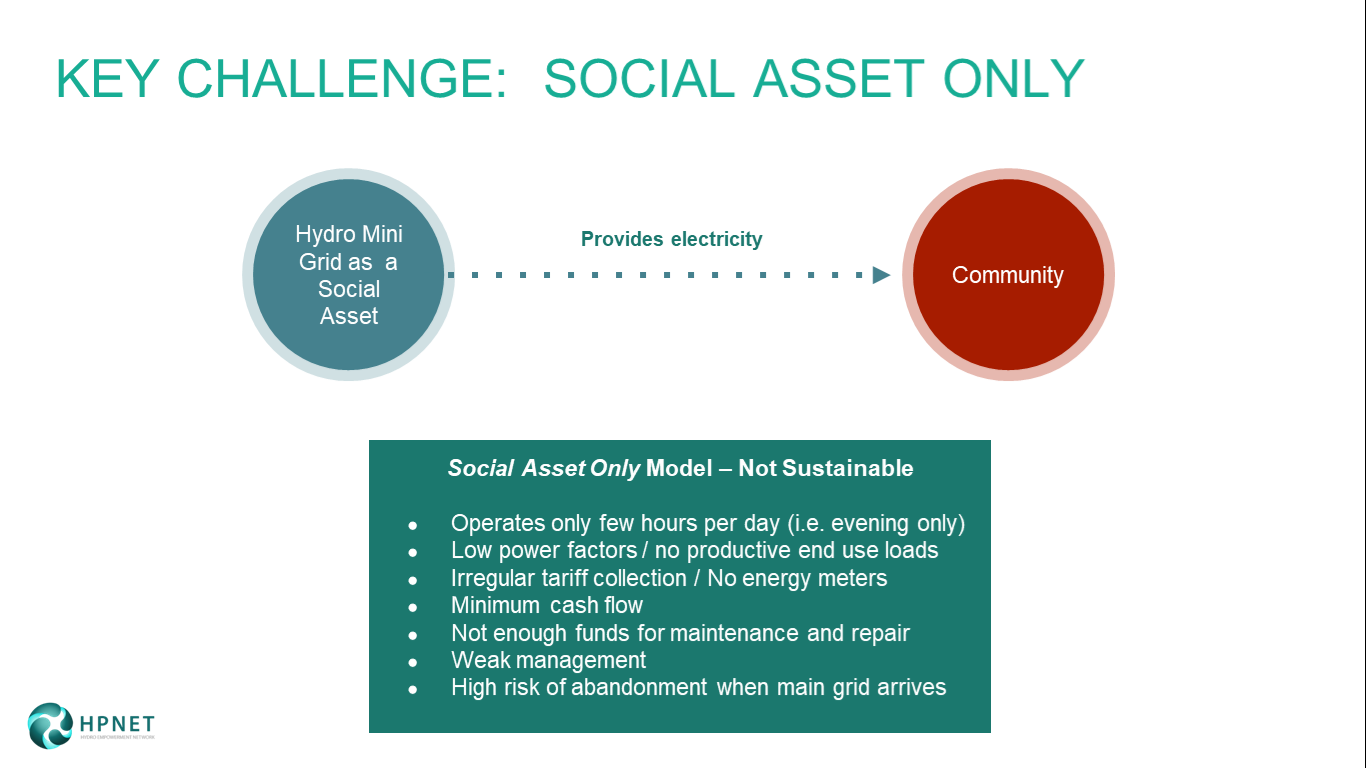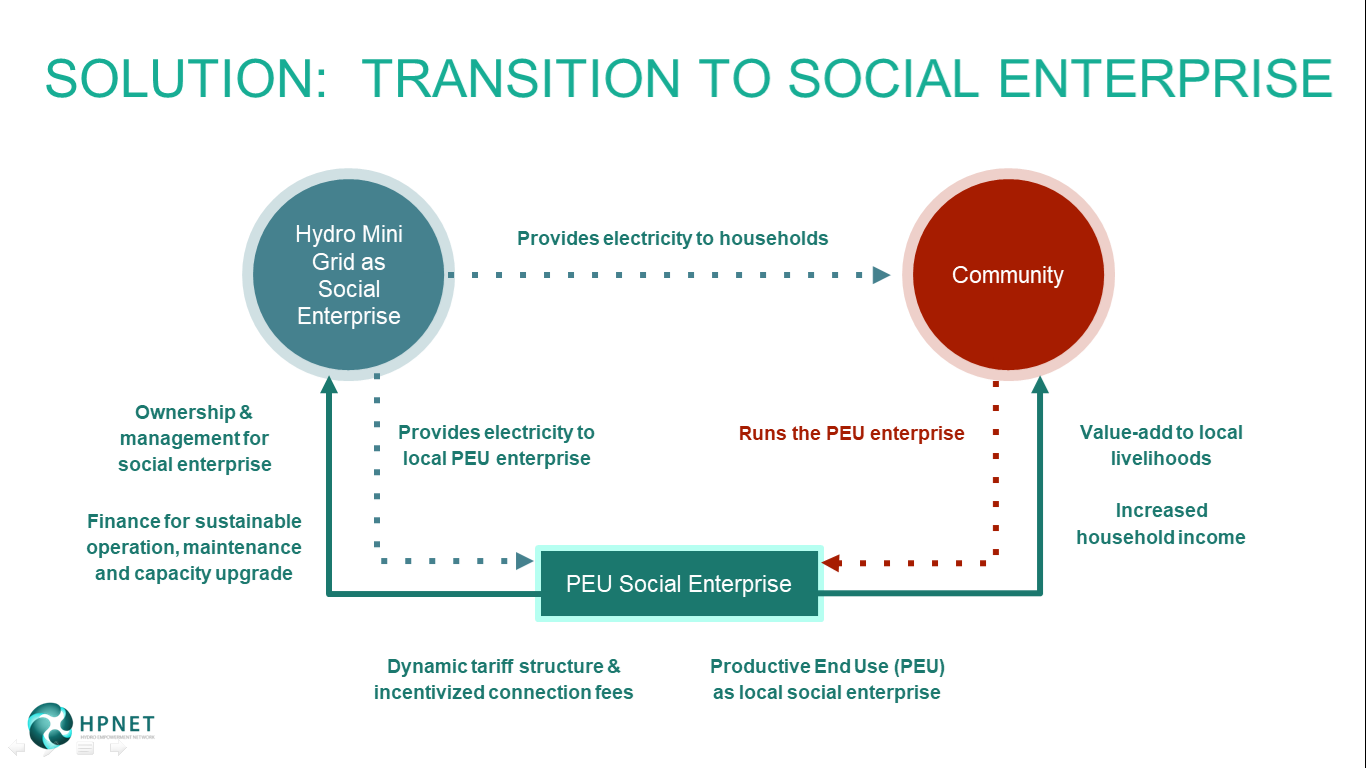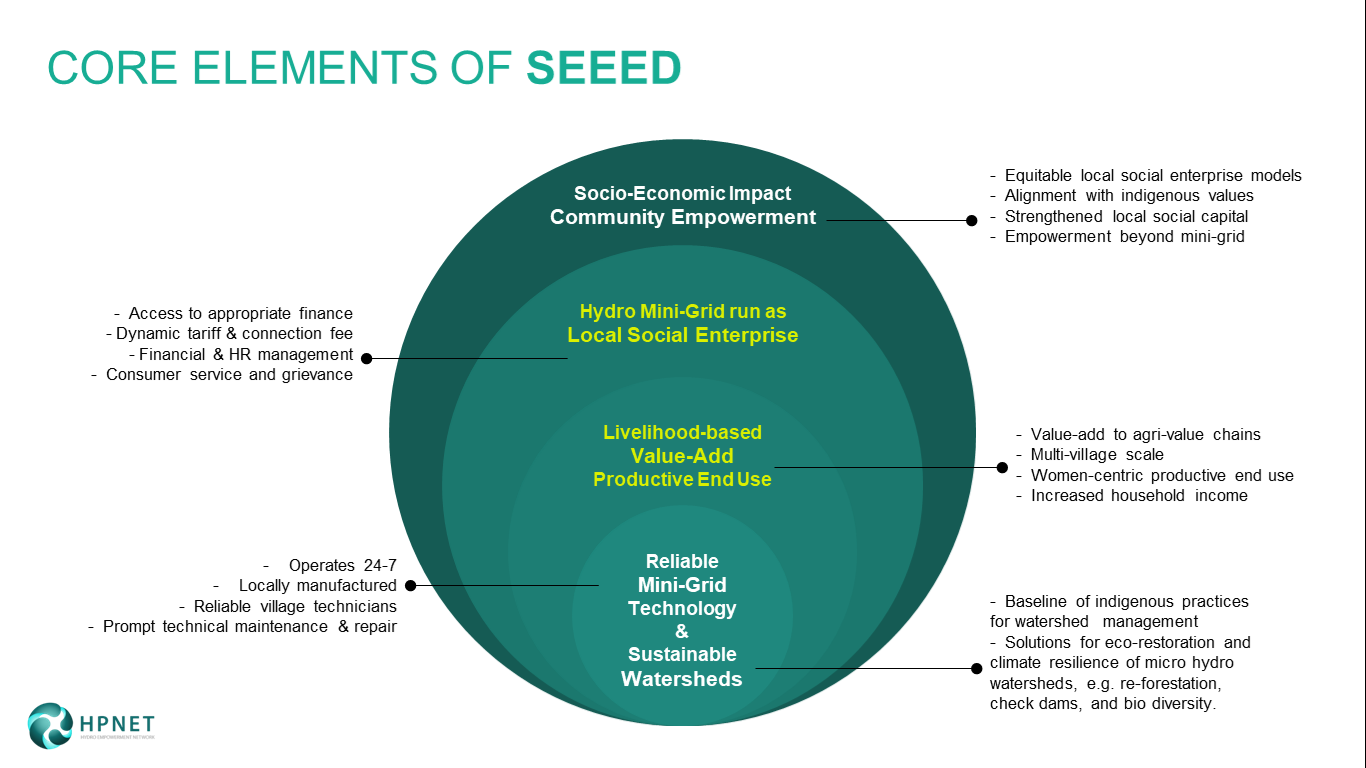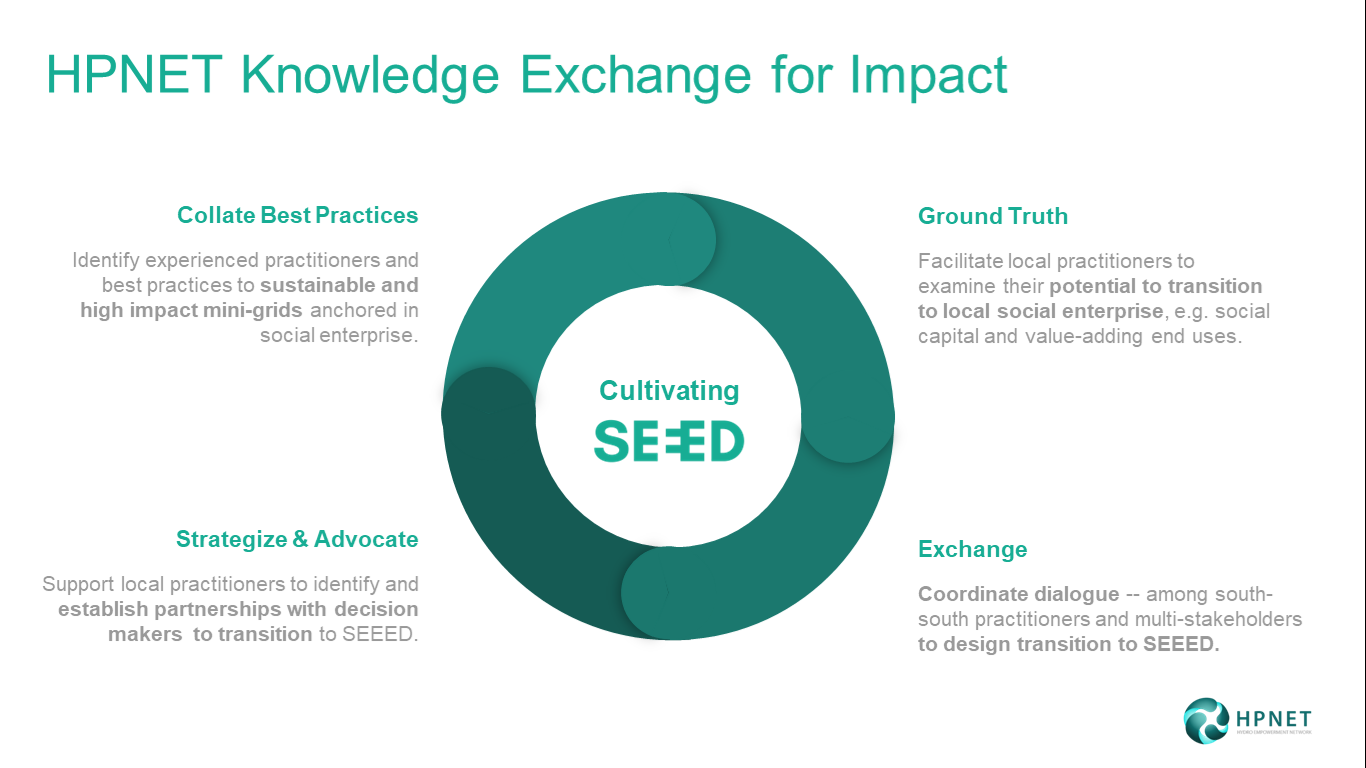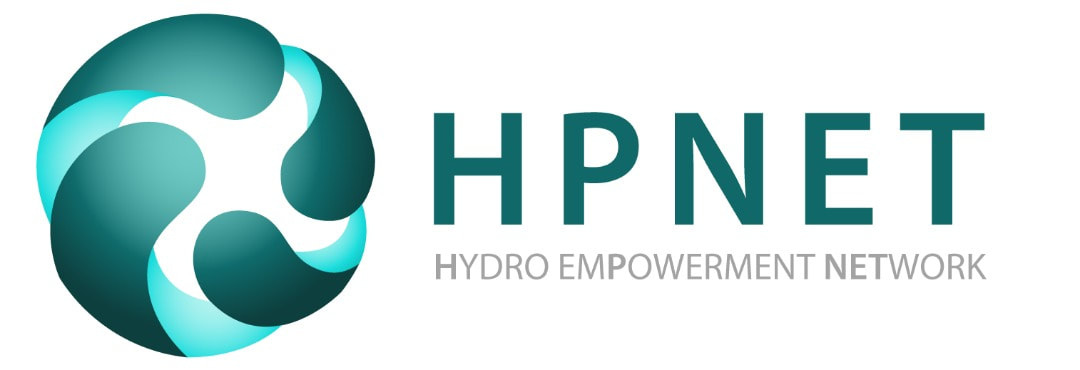Have you come across a stream and asked how much electricity it could produce?
Do you know the range of ways mini-grid communities can co-create social enterprises?
Are you familiar with community hydro and would like a refresher on the fundamentals?
| As part of our SEEED Accelerator, HPNET is offering a 6-week training focused on technical and local enterprise aspects of community hydro systems, made possible through support from Skat Foundation, DGRV, GIZ, and WISIONS. The interactive, self-paced, virtual training will take place from February 7 to March 18, 2022, and is offered at no cost. |
Building on 40-years of experiential hindsight on hydro mini-grid sustainability and impact, HPNET developed an initiative called Social Enterprise for Energy, Ecological and Economic Development (SEEED). Earlier this year, we launched the SEEED Accelerator to support practitioners and communities to customize proven sustainability mechanisms to local contexts, enabling climate resilience and socio-economic co-benefits through community-scale hydro.
The first cohort of the SEEED Accelerator kicked off in August through a partnership with International Rivers. We are excited to continue advancing the SEEED Accelerator in 2022 with support from Skat Foundation, beginning with the Fundamentals of Community Hydro training.
What topics will the training cover?
The Fundamentals of Community-Scale Hydro Mini-Grids training will provide participants with a solid introduction, which can also be useful as a refresher course, on the foundational elements of sustainable community-scale hydropower implementation. While technical in focus, the training emphasizes climate resilience and other socio-environmental co-benefits. An engineering or science background can be beneficial but not required. The modules are as follows:
- Orientation to Hydro Mini-Grids
- Social Enterprise Models for Mini-Grids
- Demand Assessment
- Water Resource Assessment
- Terrain Assessment
- Power Output Design
What time commitment is required?
The training is flexible in design to accommodate your busy schedule. Participants are encouraged to attend a live kick-off session on February 7, as well as weekly live sessions for Q&A and discussion for each module of the 6-week program. In between the live sessions participants will be expected to do self-paced learning using the SEEED learning management system. Although optional, the live synchronous sessions will provide a valuable opportunity to connect with experts and peers. They will be planned for morning Sub-Saharan Africa and afternoon/evening Asia Pacific time zones.
The time commitment for each of the 6 training modules is estimated as follows:
- Kickoff session: 1 hour (Optional)
- Live Q&A and peer-to-peer dialogue: 1 to 2 hours./week (Optional)
- Self-work: 1 to 2 hours/week (Required)
Registration
Registration is now open! CLICK HERE TO REGISTER no later than February 1, 2021. All interested individuals are welcome to apply to join the training.
Other opportunities to look out for
Stay tuned for additional training opportunities coming up in 2022! We will soon announce registration for two subsequent trainings, taking place in March:
Climate Resilient Solutions to Hydro Mini-Grids: March 21 - 25
We are excited to conduct a 4-day training on leveraging watershed management and Indigenous governance values and ecological knowledge to enable climate resilience of community hydro systems.
Agroecological Benefits of Hydro Mini-grids: March 28 - 31
How can community hydro electricity and watersheds support sustainable food production? Learn how and exchange ideas in this 5-day training on agroecological benefits of hydro mini-grids.
Sign up for our newsletter to stay in the know and feel free to direct any questions to [email protected].
